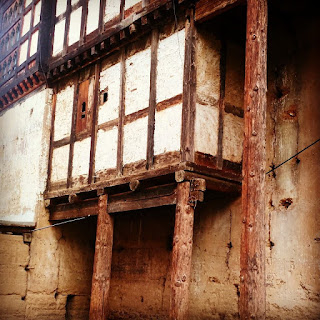This is a typical instruction from the commanding officer at any event site while deciding where to build toilets for the public during big events. Working for Bhutan Toilet Organization I was engaged in few such committee meetings and it’s disappointing to observe that even the most educated official among us had to be told that the toilets won’t be dirty and it won’t smell if we don’t want to. But almost all the time they win, and these people who won’t have to worry about managing the toilets in the following days make the decision on where and how toilets should be built.
Having grown up with dirty toilets, it has now become a mindset that all toilets will be dirty. The moment we discuss about public toilet we imagine all the filthy toilets we have seen in the past and even remember how it smelled. This very mindset affects all the decision we make now and stops us from moving forward into better future. This has happened to all our existing public toilets in towns across the country.
Working for Bhutan Toilet Organization I had the privilege of managing toilets at three major events in last few months. We began with Paro Tshechu, went to Punakha during Zhabdrung Tshechu and Peling Tshechu in Thimphu. We must have served at least fifty thousands people.
During those events, standing near the toilet door for days we had fun giving people the surprises of their lives. People would walk into our toilets with their nose covered because they knew from all their fond memories that the toilet would be dirty. A moment later we would hear them exclaim from inside, “Wow, it’s so clean”. And few good people would come out without their pride and thank us for the clean toilet.
 |
| At Paro Tshechu |
We have a long way to go on this journey of providing clean toilets to everyone and longer way to go in making people appreciate clean toilets and develop sound toilet habits in them. Many organizations and individuals are working on this. Everyone seems to understand the need for change but what must change first lies within us. We must change the dirty toilet mindset.
We must acknowledge that a public toilet can be a nice refreshing place. It should be given its due importance. We must stop pushing toilets away from us into the locations that are hardly accessible. At least the highly educated people who make decision on the design and location of public toilets must have clean toilets at home to base their perception of toilets, unless it’s so dirty at home.
This article is originally published in Business Bhutan on 21st May 2016.






